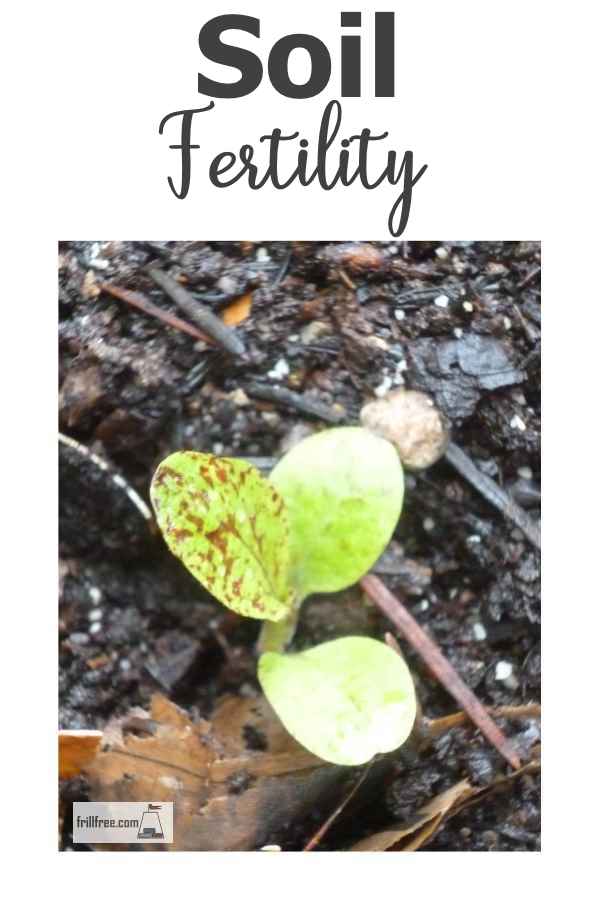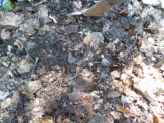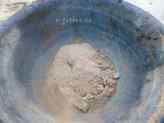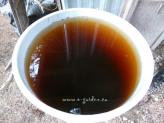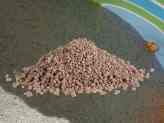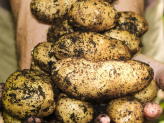- Homesteading
- Soil Fertility
Soil Fertility
Taking Good Care of Your Soil
If you're not sure what kind of soil you have, you can't decide on what soil amendments you'll need for the best soil fertility.
Soil in an untouched state can vary widely, from sticky gumbo clay, to nutrient deprived rubble and everything in between.
The ideal soil for an organic vegetable garden will be well drained with lots of organic matter.
Compost can be added to all soils to contribute to its tilth and friability, and also for nutrient values.
Some
soils also need to be amended with some kind of pH adjuster such as
dolomite lime, or the addition of wood ashes or dolomite lime. Glacial Rock Dust is also a good addition to unlock the nutrients tied up in soil.
If you're gardening near areas of pine trees or other coniferous evergreens, this might be all your soil needs to release the nutrients in it so plants can access them.
What about different 'base' soils? How do they differ?
Clay Soils - rich in nutrients but 'cold'...
Clay muck soils are generally found in river valleys, where eons of tiny particles have washed down with the flood.
Clay is unique in its structure, because it's actually tiny plates which all stick together.
Seen under a microscope this is obvious - the result is just as characteristic; heavy, cold and easy to clump, clay soils are slow to warm in the spring, tend to be slimy when wet and like concrete when dry.
Adding compost, manure, chopped leaves and sawdust can break up the clods.
Over time, clay soils can be very productive, but take a special method to garden. They are hopeless to deal with early in the spring, due to the trait of clod formation, but they will produce well later in the season.
Silty soils;
Silt is the absolute best type of soil to start with. Silt is composed of very fine sand particles, and these types of soils tend to be porous and fast draining, while still with some water retention properties.
Sandy soil...
Sandy soils drain exceedingly well, so if you've got these types of soils you most likely can start to garden earlier in the spring than any of your neighbors who might have a different soil type.
The disadvantage of sandy soils is that they drain exceedingly well, which causes water to simply rush through, taking nutrients with it and depositing it well out of reach of any but really deep delving root crops.
The happy medium; rich, yet porous...
The ideal soil is both porous, and retains water, doesn't erode in a rain storm, doesn't puddle, and yet provides enough support for the roots to anchor into. This is a tall order, but together we'll find the middle ground, and make the perfect soil for your garden.
In addition, the soil pH is important too. But how do you adjust it and stay organic?
Soil fertility is not just a matter of dumping organic matter onto the top of the soil, but adding the right soil amendments to allow the nutrients to be released.
It's been said that soil fertility means feeding the micro herd, not the soil - worms, algae, beetles, fungi and many other tiny microscopic creatures make up the populations of the micro herd.
Provide them with the conditions they need for life, and their presence in the soil will release the nutrients for the plants to be able to assimilate.
